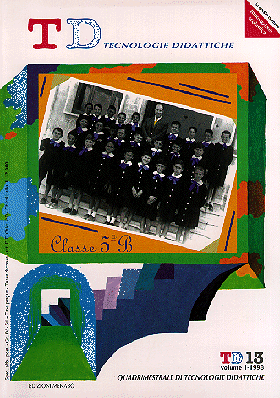Technology and innovation in teaching of mathematics
Main Article Content
Abstract
Article Details
Section
Authors who publish with this journal agree to the following terms:
- Authors retain copyright and grant the journal right of first publication with the work simultaneously licensed under a Creative Commons CC BY 4.0 Attribution 4.0 International License.
- Authors are able to enter into separate, additional contractual arrangements for the non-exclusive distribution of the journal's published version of the work (e.g., post it to an institutional repository or publish it in a book), with an acknowledgement of its initial publication in this journal.
- Authors are permitted and encouraged to post their work online (e.g., in institutional repositories or on their website) prior to and during the submission process, as it can lead to productive exchanges, as well as earlier and greater citation of published work (See The Effect of Open Access)
References
Bottino R.M., Chiappini G., Ferrari P.L. (1994), A hypermedia system for interactive problem solving in arithmetic, Journal of Educational Multimedia and Hypermedia, AACE, Vol. 3, n° 3/4, 1994, 307-326.
Bottino R.M., Chiappini G. (1995), “ARILAB: models issues and strategies in the design of a multipletools problem solving environment”, Instructional Science, Vol. 23, n°1-3, Kluwer Academic Publishers, 7-23.
Chevallard Y., 1985, La transpositio didactique, Editions La Pensée Sauvage.
Ferreiro E., Teberosky A., 1985, La costruzione della lingua scritta nel bambino, Giunti Barbera.
Laborde C. (1993), The computer as part of the learning environment: the case of geometry, in Keitel C. & Ruthven K. (eds.), Learning from Computers: Mathematics Education and Technology, Nato Asi Series F, Vol. 121, Berlin: Springer Verlag, 48-67.
Laborde J.M. and Strasser R. (1990), ‘Cabri-Géomètre: a microworld of geometry for guided discovery learning’, ZDM, 90/5, 171-177.
Steinbring, H. (1997) Epistemological investigation of classroom interaction in elementary mathematics teaching, Educational Studies in Mathematics, 32 (49-92).
Yerushalmy M., Chazan D. (1990), Overcoming visual obstacles with the aid of the supposer, Educational Studies in Mathematics, 21, 3, 199-219.

